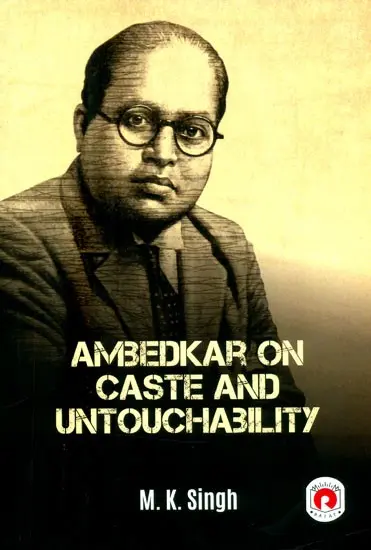About the Book
The book in your hand is the book with a difference. It comprises almost the entire concept of the views of Dr. Bhimrao Ambedkar on caste on untouchability. The way of expression, simple language and depths certainly add the glory to the book.
About the Author
M.K. Singh who has obtained his all higher degrees from Delhi University, is a widely acclaimed author and scholar. He has authored so many books on social sciences. He is known all over the academic world for his intellect and insight. A social scientist to the core, having attended many seminars and workshops, he has written many articles on the subjects pertaining to social sciences. He had also been selected for Ethiopia University as Professor.
Preface
Before one tries to know what it is to be an Untouchable. one would like to know what in the total population of the Untouchables of India. For this one must go to the Census Report. The first general census of India was taken in the year 1881. Beyond liating the different castes and creeds and adding up their numbers so as to arrive at the total figure of the population of India the Census of 1881 did nothing. It made no attempt to classify the different Hindu castes either into higher and lower or touchable and untouchable. The second general census of India was taken in the year 1891. It was at this census that an attempt to classify the population on the basis of caste and race and grade was made by the Census Commissioner for the first time. But it was only an attempt.
In India spiritual and social community and traditional occupation override all other factors. Thus where in censuses of western countries an economic or occupational grouping of the population affords a basis for the combination of demographic statistics, the corresponding basis in the case of the Indian population is the distinction of religion and caste. Whatever view may be taken of caste as a national and social institution it is useless to ignore it, and so long as caste continues to be used as one of the distinguishing features of an individual's official and social identity it cannot be claimed that a decinnial enumeration helps to perpetuate an undesirable institution.
The present book tries to explore all these topics and problems in an easy and comprehensive manner, undersigned is confident enough that readers will enjoy and grasp the matter of the text. Your valuable suggestions are welcome.
**Contents and Sample Pages**





















